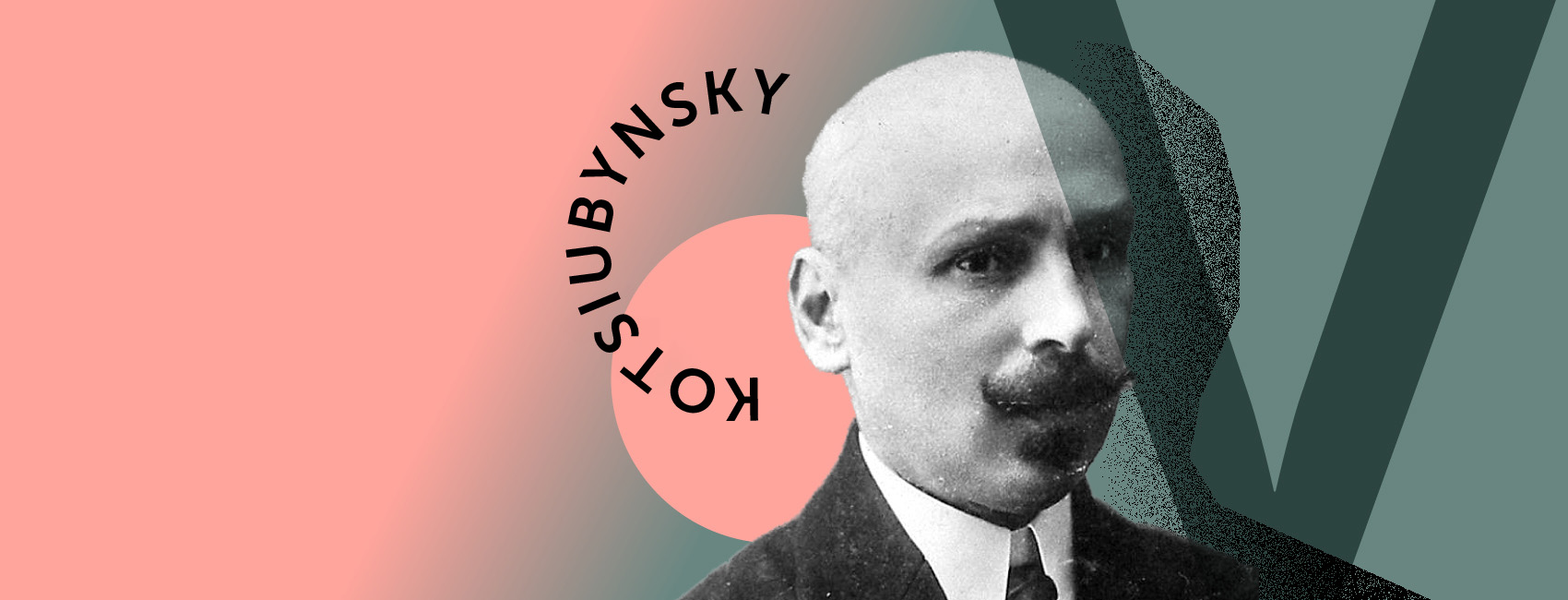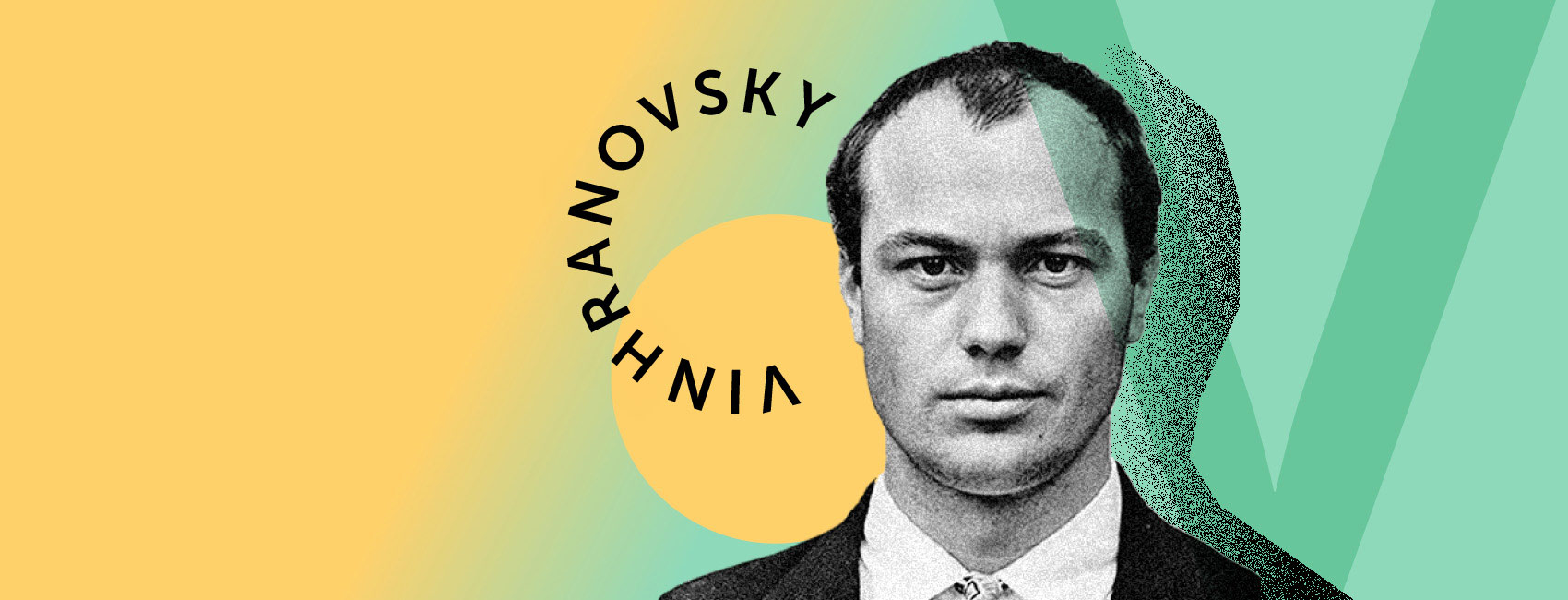* ESC - close the search window
maksym rylsky
Maksym Rylsky: Balancing on the brink of totalitarianism
17.05.2024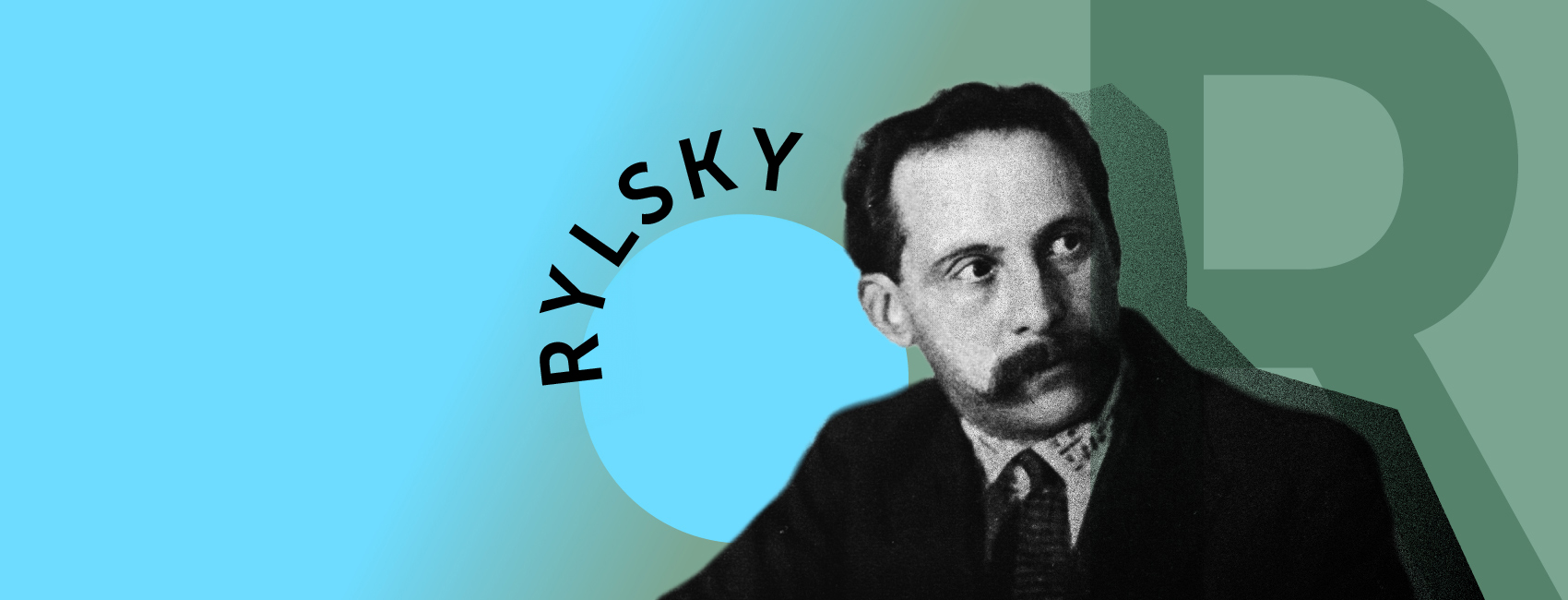
He was a poet of sin, a modernist, a Kyiv dandy who shocked the bourgeois audience with stories of his own cannibalism. Later, he became one of the central poets of the Soviet canon and the author of “The Song About Stalin.” The story of Maksym Rylsky is a masterful balancing act on the tightrope of the 20th century. He survived the Stalinist purges, adapted and created poems to please the era, and yet he did not lose himself or his unique poetic voice. This is perhaps a rare case in Ukrainian Soviet literature.
Paternal heritage
Maksym Rylsky was always considered unique within the circle of Kyiv’s intelligentsia. He lived in the residence of the folklorist Oleksandr Rusov and the composer Mykola Lysenko. His first poetry book “At White Isles” received many favorable reviews. No, it was not the brilliant debut of a young 15-year-old poet. The attention and warm words bestowed upon Maksym Rylsky were more of an advanced payment. A child of the milieu, he was closely followed as a young poet and supported in his creative endeavors.
This was largely due to his father, Tadei Rylsky, who came from a noble Polish family yet chose to be Ukrainian. Interest in Ukrainian identity was trendy during Tadei’s youth in the 1860s. We see similar sentiments in the memoirs of the writer Mykhailo Starytsky about Mykola Lysenko. Just like Rylsky, they became Ukrainophiles upon arriving at Saint Volodymyr University in Kyiv.
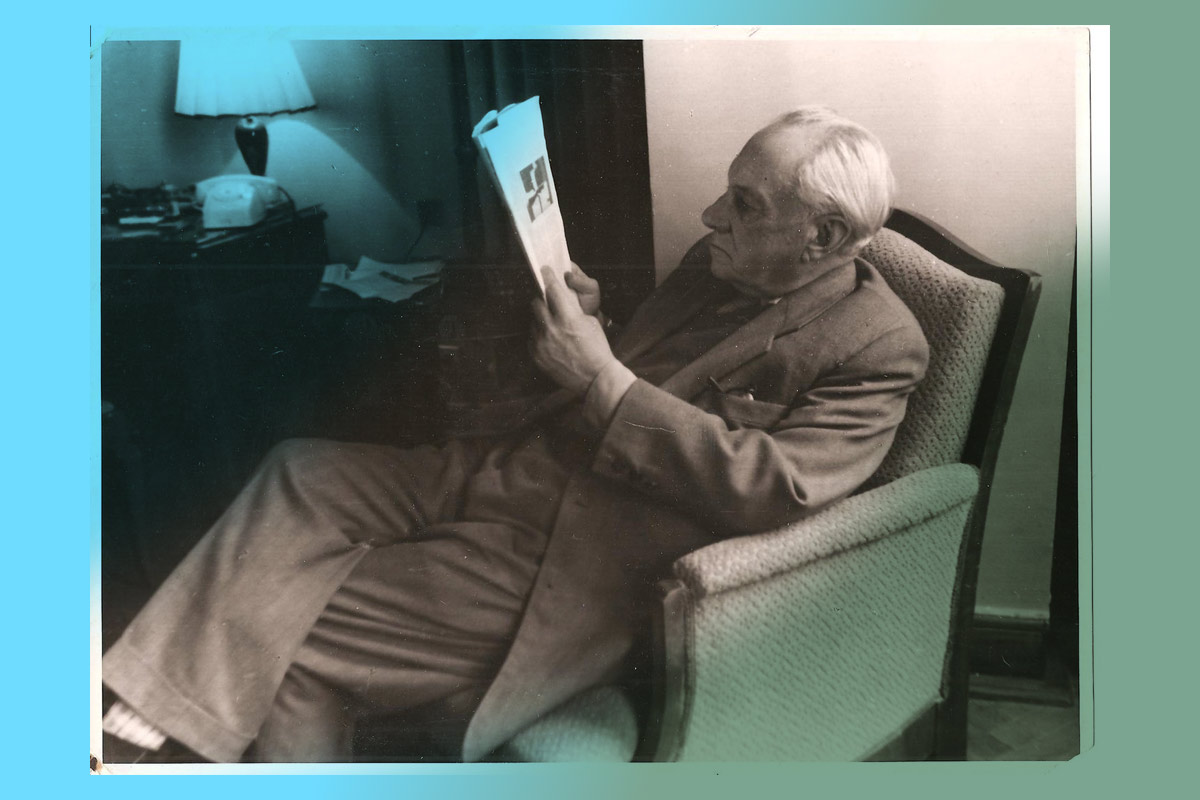
Tadei was a member of the “Stara Hromada” (“The Old Community”) and an author of ethnographic explorations. His interest in Ukrainian culture and folk life wasn’t just academic; it was practical. He met his future wife Melaniia Chupryna during an ethnographic expedition to the villages. Tadei also had a knack for writing. The prominent writer from western Ukraine, Ivan Franko, commented on Tadei Rylsky’s articles and noted his talent, “He would have been, if not a great novelist, then a good memoirist.”
Tadei passed away when his youngest son Maksym was only seven years old, leaving the boy to inherit his cultural milieu and fascination with Polish literature.
The poet of sin
In his youth, Rylsky was a bold, original, and inventive teenager. He wrote not only poetry but also tried his hand at prose. The prose texts of young Rylsky were romantic and decadent.
Perhaps the most striking of those is “The Merry Brothers” (1925), in which Rylsky describes the life of wealthy idlers who are bored and indulge in fanciful pleasures. The pastimes of Rylsky’s characters are specific and reminiscent of the ennui-ridden heroes of Joris-Karl Huysmans and the 19th-century dandies. Those same dandies who would spend hours tying their cravats to achieve a studied carelessness, spouting aphorisms and strolling with a tortoise on a leash. In “The Merry Brothers,” one of the characters reads the Gospel in French to his servant. The servant, of course, understands nothing while the protagonist delights in his own wittiness. In another scene, the protagonist fantasizes about a black coffin, beside which the “Divine Comedy” is being read, “and we all lie on sofas, inhaling ether, and our bodies seem to us to be weightless, as if floating in a bitter, blissful sea…”
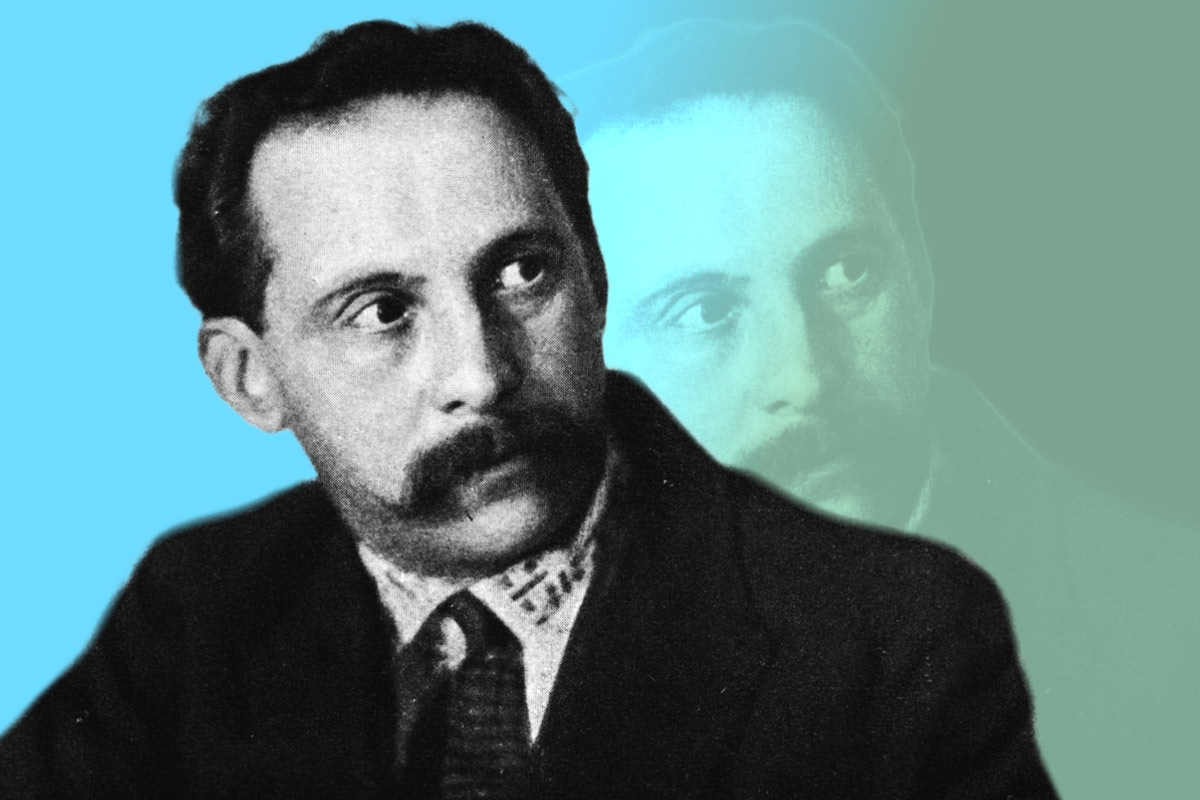
Like many decadents and dandies, young Rylsky enjoyed bizarre antics. Simply engaging in art was not enough for him; he wanted to shock and provoke. So Rylsky, with the help of his high school friends (notably Mykhailo Alekseyev), established the semi-jocular Society of Anthropophages. Echoes of this episode can be found in Rylsky’s famous poem “Baudelaire”:
To frighten the bourgeois, to call oneself a cannibal,
Who would like to taste the tiny infants’ flesh;
To indulge in bitter, lonely, subtle honey
Of unfulfilled desires and lifeless ideas.
As Viktor Petrov recalls, there were piquant stories about this society, such as “in this group of anthropophage, young gourmands, purchasing human flesh from the Anatomical Theatre, would order cutlets made from it for their dinners.” The fact that Rylsky was studying medicine and had real access to the anatomical theatre only amplified this legend. After all, the poet himself ironically mentions his educational-necrophiliac episodes in the poem “Hay”:
And yet I was indeed a medic, to the amusement of the world,
And though I did not gnaw that ’granite’ with much effort,
From time to time, I’d bring with me some bones,
Which scared my lady housekeeper to tears.
Blue is the most romantic color
“Blue Distance,” which became the title of Rylsky’s 1922 poetry collection, connects him to European Romanticism and early Modernism. European literature has no shortage of interesting images of blue — most notably Maeterlinck’s “Blue bird” and Novalis’s blue flower. Ukrainian literature also has its share of blue aspirations, as seen in Hnat Mykhailychenko’s “Blue novel” and Lesya Ukrainka’s “Blue Rose.” These images denote something unearthly, otherworldly, and peculiar, the things humans eternally seek and yearn for. It is like a divine revelation or ecstasy without the presence of a divine figure. Such were the chimerical materials that European Romantics dreamed of.
All these azure reveries were not entirely innocent. The yearning for the blue was related to alcohol and opium delirium. This was a time when young Rylsky and his friends were deeply influenced by Thomas de Quincey’s Confessions of an English Opium-Eater, and Baudelaire’s concept of an artificial paradise was more than timely. Hence, alcohol and drugs were the haze in which one could encounter the extraordinary.

“Blue Distance” by Maksym Rylsky, Kyiv 1922 (Ukrainian book cover)
Yet there is another side to the blue distance. The poetry Rylsky wrote in the 1920s about Paris and other exalted subjects astonishingly contrasts with the era during which these poems were crafted. “1920. The city was dying!..,” as V. Domontovych writes about Kyiv in his memoir “Swampy Lucrosa.” This period was marked by incredible hunger and shortages from which the neoclassicists sought refuge in the countryside. Therefore, to dream of the blue distance while sleeping in filth behind a barrel was the reality poets confronted in the 1920s.
Arrest
We are well aware of the arrests and executions of the intelligentsia during the Stalinist purges. Rylsky was not spared this fate, although the poet got off relatively light. In March 1931, the poet was placed in a common cell of Lukyanivska Prison after being accused of participating in a secret Ukrainian organization as the “leader of the military department.” There were already seven prisoners in the cell, all accused of political crimes. They were allowed to correspond, have visitors, and receive packages. The poet’s son, Bohdan Rylsky, recounted that in his father’s cell, they published a wall newspaper satirizing daily life. They held debates, read reports, and organized poetry evenings.

Rylsky’s poetry underwent a significant transformation after his arrest. In his first collection after it — “The Sign of Libra” — emerges a sense of self-denial and self-deprecation. In it, Rylsky shatters and dismantles his favorite motifs. The “Divine Lyre” is ironically placed in quotation marks, and the poet mocks his own use of cheap rhymes and clearing of paths for new themes. In this way, Rylsky forces himself to accept Soviet reality.
Poet!
Where are you?
Stand in line!
Pen and rasp — two kindred brothers.
Must you break yourself in a surge?
Is it required?
Don’t ask!
Break!
In the 1935 collection Kyiv, Rylsky attacks the taste of bourgeois architecture in his poem about the famous Art Nouveau building, the Horodecki House. He writes that this landmark is “as interesting as an ichthyosaur” and that “taste was not of concern” during its construction because it was a manor house.

Receiving highly sought-after state awards, such as the Order of the Red Banner of Labor to Rylsky in 1939, provided momentary relief. Bohdan Rylsky wrote that his father was worried when he did not find the notable Ukrainian poet Volodymyr Sosiura on the award list. This was a wake-up call.
The gardener of the third blossoming season
So look at it — the heart will cease its beat,
Alas, it has already seen so many years —
Or just so trampled on… Let’s keep it to ourselves, my friend,
Why this third blossoming we dearly celebrate!
Rylsky’s “third blossoming” begins with the collection “Roses and Grapes” (1957). This book is filled with images of untamed nature, prompting one to read it as a letter of resistance. For example, Rylsky describes a cornflower whose wild nature is unbreakable by human culture. A pestilent flower that looks so beautiful in a wreath — isn’t this akin to all the “pestilent” people in the vast Soviet homeland? Following this motif, the poet describes how thunderstorms occurred despite positive weather forecasts published by Soviet newspapers (“Friends”). Literary critic Vira Ageyeva describes this as a theme of natural defiance against the pressures of civilization.
In the lines of this poetry appears a chimerical figure of a gardener. It’s an unexpected character with a crooked knife in hand, which seems creepy (“First Thunder”). Could this point to someone who has bred roses with the scent of lilies of the valley (“The Third Blossoming”)? Could this whimsical image of roses smelling like lilies of the valley conceal Rylsky’s love for artificial and unnatural youthfulness?
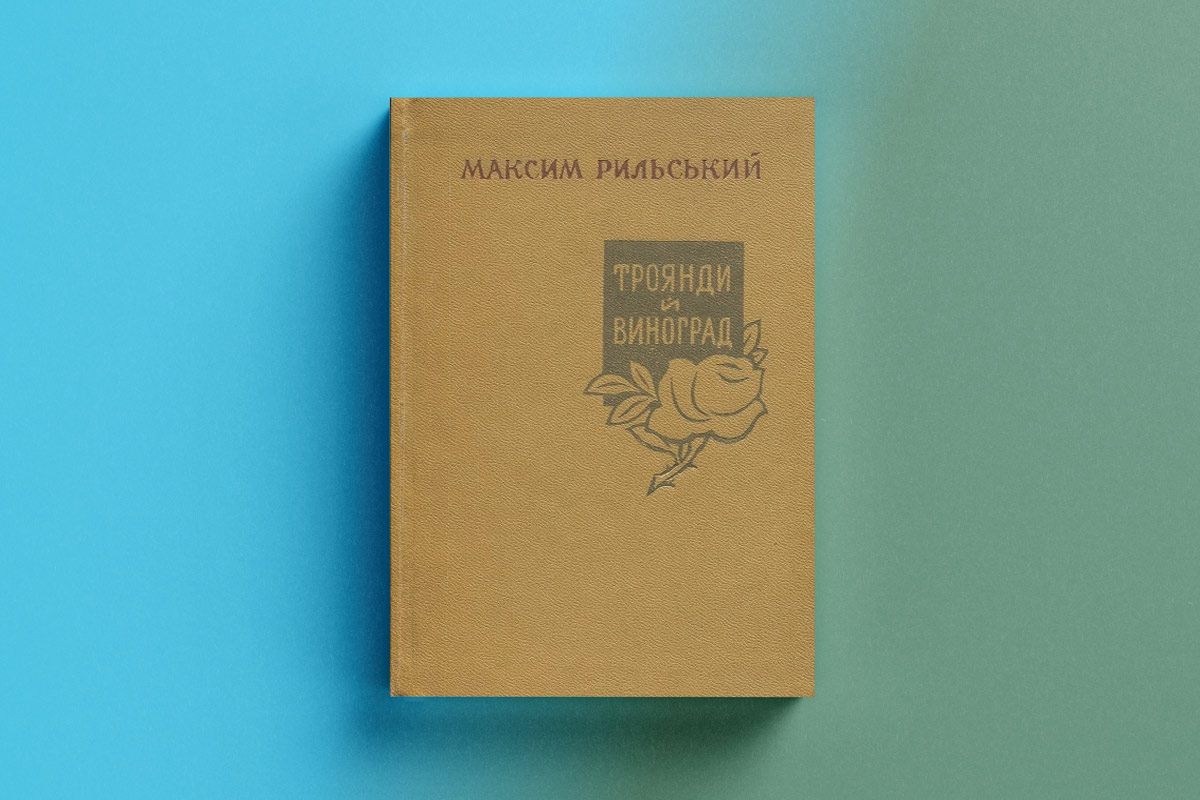
“Roses and Grapes” by Maksym Rylsky (Ukrainian book cover)
The image of the garden now surfaces in every other poem of Rylsky. One cannot overlook the important theme of gardens in Baroque literature — a space of harmony, a reflection of the heavenly garden. Here you can trace the connection with the “Garden of Divine Songs” by the philosopher Hryhorii Skovoroda. Interestingly, Rylsky, as a poet who in his youth gazed into the blue distance (which represents a longing for something far and transcendent, a variant of the longing for God), eventually comes to the territory of harmonious gardening, where he quietly and consistently cultivates high culture and instills knowledge and aesthetic taste.
The connection between generations: Rylsky and the Sixtiers
Despite Stalinist repressions and the emigration of numerous Ukrainian artists in the first half of the 20th century, the connection between generations was preserved. Poets from the 1920s, who survived the repression, became significant figures in the lives of the post-war generation of Ukrainian writers — known as the Sixtiers. In the article “Fathers and Sons,” Rylsky speaks warmly of the young authors, among whom he highlights Mykola Vinhranovsky, Ivan Drach, and Vitaliy Korotych.
It’s worth mentioning that when giving his opinion of journalistic works, Rylsky speaks wittily and never misses a chance to provide context for Drach’s poetry, which many readers find cryptic, and to discuss the French Symbolists and Mallarmé when appropriate. The poet also ridicules the incompetence of the press headline “Poems of Doctor Korotych.” Rylsky suggests continuing the list with names of Ukrainian classics who also had professions other than in literature: “Works of Statistician Kotsubinsky,” “Poems of the Artist Shevchenko?” One could even end up with “Narratives by the Painter Guild Master Alexei Peshkov!”
RELATED: The Art of Contemplation: Why is Mykhailo Kotsiubynsky an important literary figure?
Translation: Kristina Pihol
Copy editing: Benjamin Maracek, Terra Friedman King
This publication is sponsored by the Chytomo’s Patreon community
the more you read, the greater the possibilities
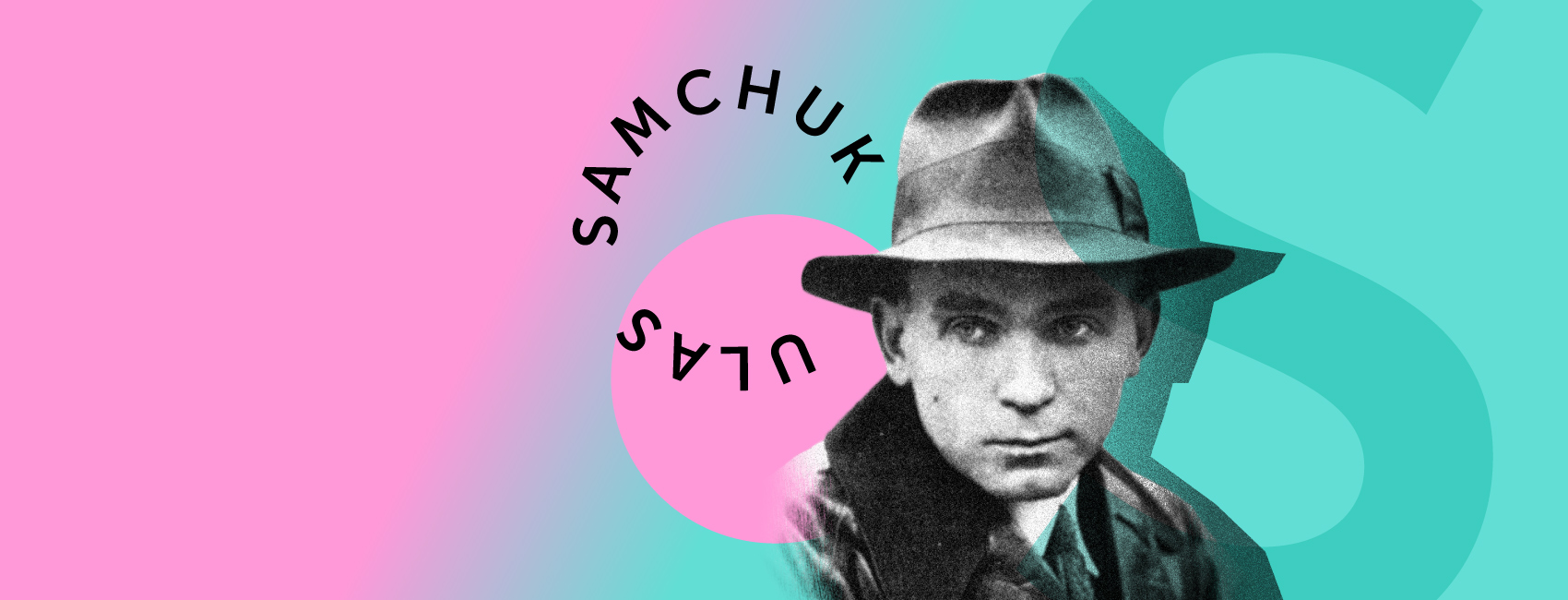
8756
Chytomo Picks
Ulas Samchuk – chronicler of Ukraine through wars, camps, famine, and exile
30.10.2024 - Petro Kraliuk
5735
Chytomo Picks
Vasyl Barka: Conservative modernist and Holodomor survivor
15.10.2024 - Mykhailo Sokulsky
